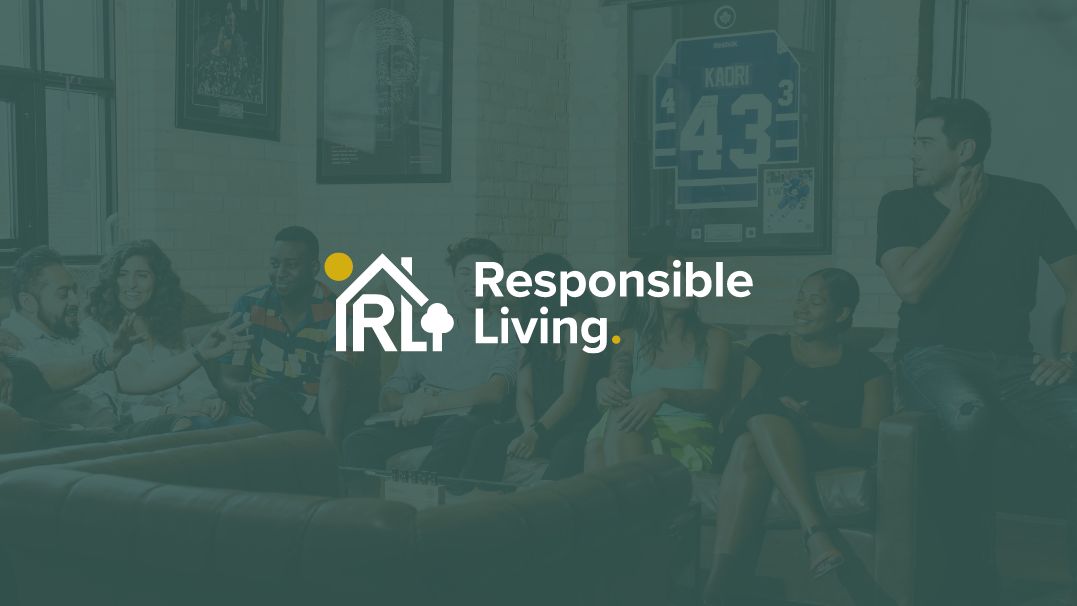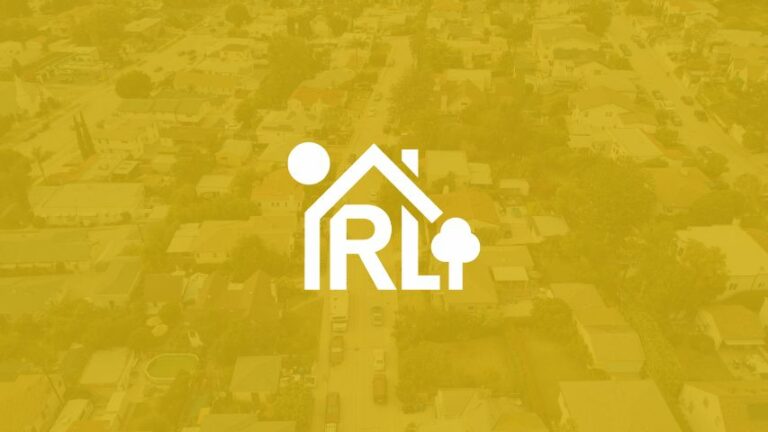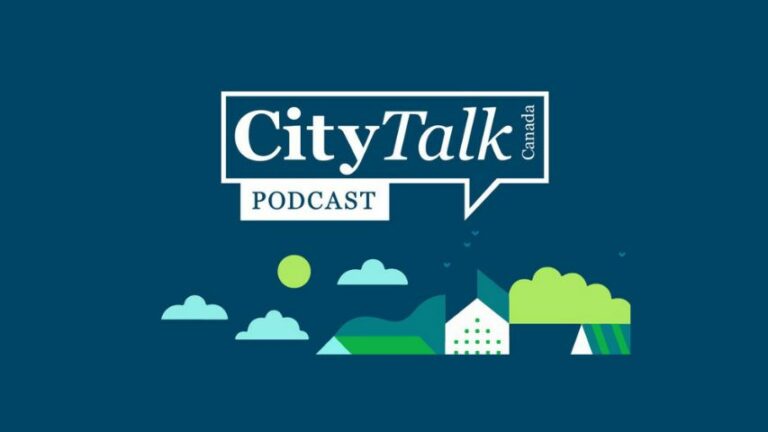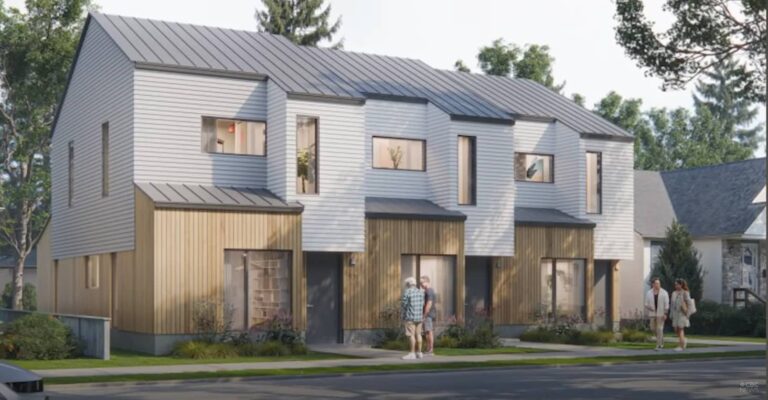
Understanding the Market Opportunity
Squamish, BC, is experiencing a significant shortage of affordable rental units. According to the Canada Mortgage and Housing Corporation (CMHC), vacancy rates have remained critically low, averaging around 1% in recent years. It is important to note that CMHC numbers may not always accurately reflect current market conditions.
This shortage is driven by population growth, increased interest in the region, and limited new construction. The CMHC’s 2023 Rental Market Report highlights that demand for rental housing continues to outpace supply, particularly in desirable locations like Squamish. However, CMHC does not accurately represent current market rental rates due to its methodology of collecting data only from rental properties with five or more suites.
Population Growth and Housing Demand
Squamish has seen a steady influx of new residents, attracted by its natural beauty and proximity to major urban centers like Vancouver and Whistler. The population growth rate in Squamish was approximately 4.9% annually from 2016 to 2021, significantly higher than the provincial average of 1.6%. This rapid growth has intensified the demand for housing, particularly affordable rental units, as many new residents are priced out of the homeownership market due to high real estate prices.
The inventory of rental buildings in Squamish is primarily built in the 1970s or consists of subsidized BC Housing buildings. Many residents have lived there for years or decades, and rent control regulations prevent these units from adjusting to current market rates.
Economic Indicators
Economic indicators for Squamish further reinforce the need for rental housing. The median household income in Squamish has been rising but still falls short of the income required to afford homeownership in the region. The Real Estate Board of Greater Vancouver (REBGV) reported that the benchmark price for a detached home in Squamish was approximately $1.2 million as of early 2024. This price point is unaffordable for many households, necessitating the need for affordable rental options.
| Metric | Value | Source |
|---|---|---|
| Population Growth Rate (2016-2021) | 4.9% annually | Statistics Canada |
| Provincial Population Growth Rate | 1.6% annually | Statistics Canada |
| Median Household Income | $97,000 | Statistics Canada (2021) |
| Benchmark Price for Detached Home (2024) | $1.2 million | Real Estate Board of Greater Vancouver (REBGV) |
| Average Rent for 2-Bedroom Apartment (2023) | $3,000 per month | RLC; Canada Mortgage and Housing Corporation (CMHC) reports a lower $2,200 rate* |
| Vacancy Rate | 1% | CMHC Rental Market Report (2023) |
Sustainable Development as a Solution
Sustainable development is essential in addressing housing shortages while minimizing environmental impact. Developing eco-friendly, community-focused housing projects is a strategic approach to meet the demand for rental units in Squamish.
Environmental Impact and Sustainability
Building sustainable housing involves using energy-efficient materials, implementing green building practices, and designing homes that reduce the overall environmental footprint. According to the International Energy Agency (IEA), buildings account for nearly 40% of global energy consumption and a third of greenhouse gas emissions. By focusing on sustainable development, it is possible to significantly reduce these numbers, contributing to global efforts to combat climate change.
Community-Centric Housing
Community-focused housing designs foster social connections and enhance residents’ quality of life. These designs often include shared amenities such as communal gardens, recreational facilities, and co-working spaces. Studies have shown that communal living can reduce loneliness and improve mental health by promoting social interactions and a sense of belonging. This approach is particularly relevant in the post-pandemic era, where social isolation has become a significant concern.
Investment Benefits and Market Dynamics
Investing in sustainable, community-focused housing projects in Squamish presents a unique opportunity to benefit from the high demand for rental housing while contributing to environmental sustainability and community well-being.
Strong Market Position
The high demand for rental housing in Squamish, coupled with low vacancy rates, creates a favorable market for investors. The rental yield in Squamish is competitive, with average rents for a two-bedroom apartment reaching approximately $3,000 per month as of 2023. This strong rental market, supported by robust demand and limited supply, ensures steady rental income and potential property appreciation.
Government Support and Initiatives
Government initiatives and support play a crucial role in promoting affordable housing development. BC Housing, through various grants and funding programs, supports the development of affordable rental units. The National Housing Strategy (NHS) also provides funding and incentives for sustainable housing projects, aligning with the goals of reducing carbon footprints and increasing housing affordability.
Hassle-Free Management
For investors, the appeal of hassle-free management cannot be overstated. Comprehensive property management services ensure that all aspects of development, maintenance, and tenant relations are handled professionally. This allows investors to enjoy passive income without the challenges and complexities associated with traditional property management.
Joining the Movement: A Strategic Investment Choice
Investing in sustainable community living in Squamish offers both financial and social returns. It aligns with global trends towards sustainability and social responsibility while addressing local housing needs.
Competitive Returns
The combination of high rental demand, government support, and sustainable development practices ensures competitive returns on investment. Investors can expect steady rental income, potential property appreciation, and tax benefits associated with green building initiatives.
Social and Environmental Impact
Beyond financial returns, investing in sustainable housing projects contributes to the well-being of the community and the environment. It supports the creation of affordable housing, reduces environmental impact, and fosters strong community ties.
Squamish presents a compelling case for sustainable, community-focused housing investments. The market dynamics, supported by robust demand, low vacancy rates, and government initiatives, create a favorable environment for investors. By focusing on sustainable development, it is possible to meet the housing needs of the community while contributing to environmental sustainability and social well-being.
Investing in sustainable community living is not just a smart financial decision but a commitment to making a positive impact on society and the environment.
*CMHC does not accurately represent current market rental rates due to its methodology of collecting data only from rental properties with five or more suites.



